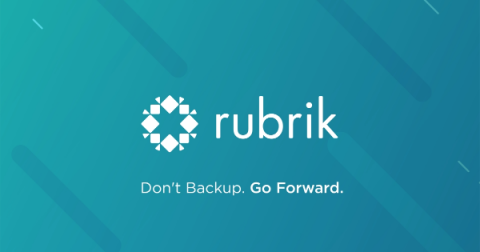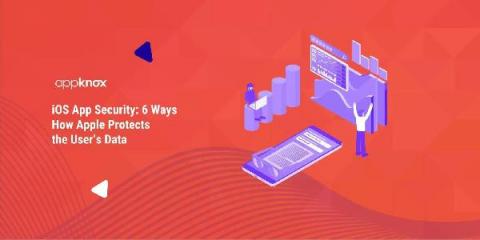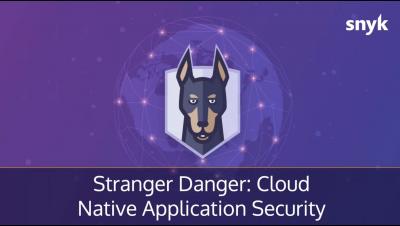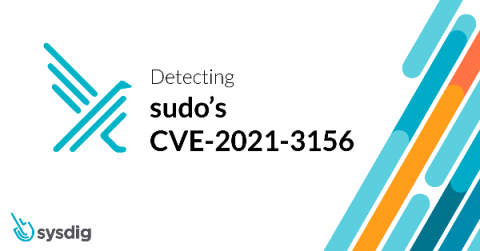Price scraping: How does it work and who is at risk?
Scraper bots are commonly used to acquire prices and content from websites for competitive advantage. Aggressive scraper bot activity slows down websites for customers, resulting in a bad user experience that costs the retailer revenue as frustrated customers are driven to competitors, while exposing vital pricing data.











